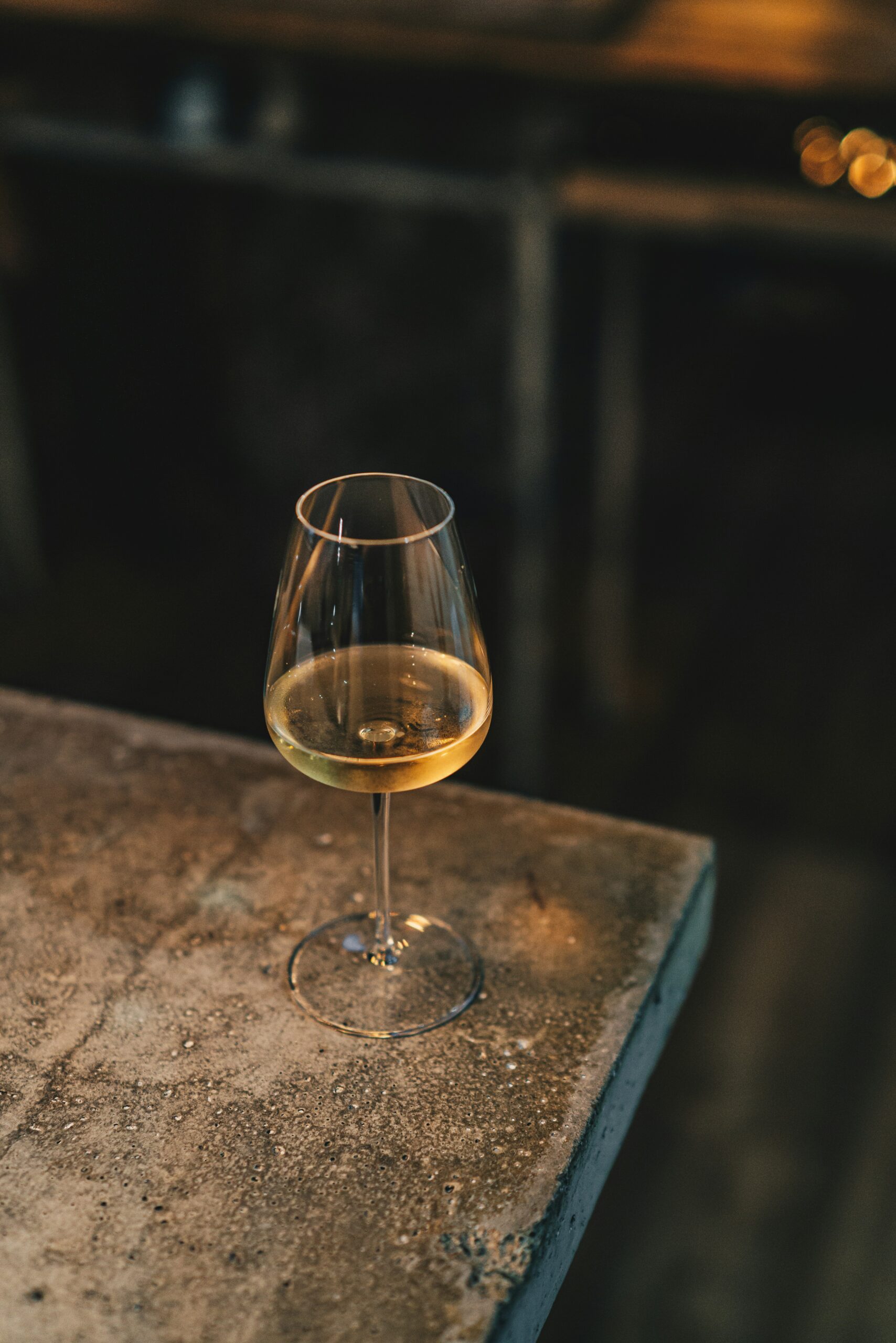In Defence of Chardonnay
The world’s number one white grape variety.

Not only is chardonnay the world’s most planted white wine grape variety, it easily outranks the next two: sauvignon blanc and trebbiano. In Ontario, chardonnay is the leading white variety, while in British Columbia the acreage planted is a little less than the leading white, pinot gris. And chardonnay sales are robust. Last year, chardonnay returned to the top of Australia’s export table after sitting at number two (behind shiraz) for the last 10 years.
With the current trend of more people drinking white wines rather than reds, we should expect chardonnay to consolidate and improve its place.
So why does chardonnay need to be defended?
Along with its undeniable popularity, chardonnay has had a solid core of detractors. They are sometimes described as the ABC–Anything But Chardonnay–brigade, and while many simply don’t like any style of chardonnay, period, others labour under misconceptions about the variety.
One is that chardonnay is too heavily oaked—that a glass of chardonnay is like a glass of liquid wood. It’s true, of course, that some are (and many more were), but that’s also true of other varieties, such as cabernet sauvignon. What’s noteworthy is that some of the most prestigious and expensive chardonnays, from Bourgogne regions such as Meursault, are consistently matured not only in oak but in a high percentage of new oak barrels, which can contribute more than used barrels to a wine’s flavour.
If you don’t like oaked chardonnay, you can look for wines labelled “Unoaked Chardonnay,” but some chardonnay producers aren’t happy about the term. Many red varieties and some other whites come in oaked and unoaked styles, they say. Some muscadets, chablis, and sauvignon blancs (many in the fumé blanc style) have some oak-aging, but no one describes the unoaked versions as “unoaked.”
That complaint is a bit ingenuous, because everyone knows that there has been a consumer backlash against the oak in chardonnay. Not only that, but anything that gives consumers a clue to the style of a wine they might not have tasted is a good thing. Some years ago, bottles of German riesling bore a sweetness scale, so people knew if they were buying a dry, off dry, or sweet riesling. Unfortunately, it was abandoned, and many people continue to avoid riesling in the mistaken belief that it’s all sweet. So signalling that a chardonnay isn’t oaked is useful.
The other misconception about chardonnay is that it’s bland. This is probably a misunderstanding of the frequent statement that chardonnay is a “neutral” wine because it’s balanced in terms of sugar, fruit, and acidity. Chardonnay doesn’t have the pungent flavours of sauvignon blanc or the high natural acidity of riesling, for example. But balance is not blandness. Chardonnay is a very flavourful variety, with profiles that often include peaches, apples, pears, and citrus, depending on growing conditions and winemaking techniques. Oak, of course, adds another layer of flavour.
Not only does chardonnay make fine still wines, but it’s also the common partner to pinot noir in champagnes, and it stars on its own in most Blanc de Blancs sparkling wines.
There’s literally a whole world of chardonnay, and you’ll find examples from regions as diverse as New Zealand, Hungary, Mexico, England, South Africa, and Chile—not to mention all the excellent chardonnays from Canada. There’s a panoply of styles, and it makes no sense to write them all off.
Some fine chardonnays
Alois Lageder Chardonnay (Alto Adige, Italy)
Concha y Toro Amelia Chardonnay (Limarí Valley, Chile)
Flat Rock Cellars The Rusty Shed Chardonnay (Twenty Mile Bench, Ontario)
Marchand-Tawse Meursault (Meursault, Bourgogne, France)
Quails’ Gate Stewart Family Reserve Chardonnay (Okanagan Valley, British Columbia)
Trinity Hill 125 Gimblett Chardonnay (Hawke’s Bay, New Zealand)




